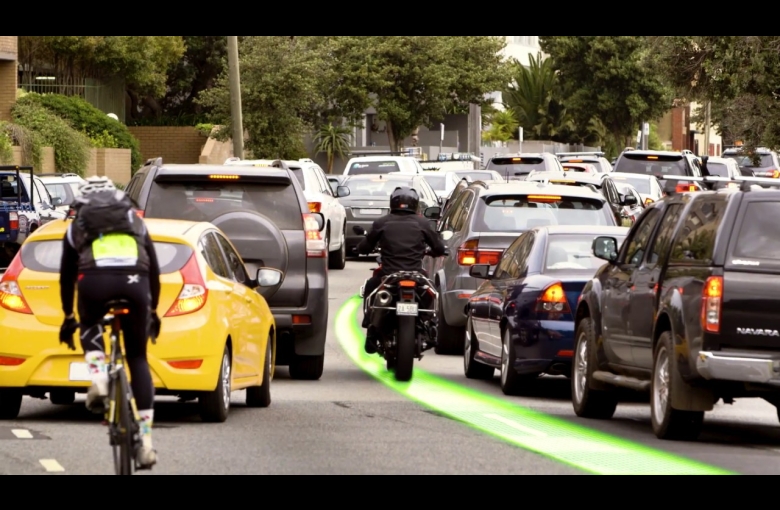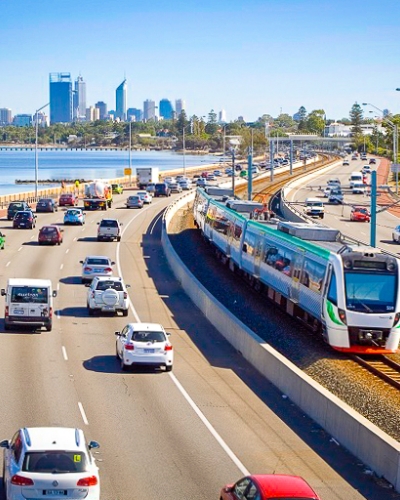Being able to accurately recognise vehicle classes is extremely important to improve road safety, inform infrastructure design and better report on road performance.
We’re happy to announce that we are now assisting Austroads in the creation of a future-proof & backward compatible scheme that will help to do just that.
Why is an update needed?
In the 27 years since the creation of the classification scheme, many new vehicle types have hit Australian roads. The volume and type of vulnerable road users and heavy vehicles has also significantly changed.
Some other issues with the current classification scheme:
- Motorcycles and cars are bundled into one vehicle class named “short vehicles”.
- Bicycles and Restricted Access Vehicles (RAV) are not recognised in the current scheme.
- Some new SUVs and larger light vehicles can be mistakenly classified as a two-axled truck or bus.
- There is no maximum length for Class 2 (short vehicles towing a trailer/caravan/boat).
- Heavy vehicle (class 12) axle groupings can vary greatly amongst vehicles categorised as the same class. This has ramifications for rural bridge maintenance programs because of the varying axle loads on weak bridge joints. It is also not adequate to influence critical design decisions.
The above issues are problematic for many reasons, including:
- Lack of definition at the heavy vehicle end of the class scheme makes it difficult for Local Governments on freight routes or with mining traffic on their networks to adequately prove the impact of these vehicles on their roads and seek maintenance funding.
- Road agencies such as the NHVR (National Heavy Vehicle Regulator) currently need to use different schemes for licensing such as PBS (Performance-Based Scheme).
- Patterns of risky behaviour are going undetected. If the scheme separated motorcyclists from short vehicles then dangerous speeding & behaviour patterns of motorcyclists would be more easily identified.
- Vehicles that are rare but still impactful from a maintenance perspective are going undetected (ie. army leopard tanks, harvest vehicles etc.).

Although the current class scheme is a great base for understanding what vehicles use our roads, it tends to limit the reporting of detailed information that has been collected during a traffic survey (especially surveys carried out by MetroCount monitoring systems).
Austroads themselves admit frustrations with the scheme, stating that “motorcycles are currently classified as light vehicles… As a result, it is not possible to report separately on motorcycle numbers or speeds when reviewing traffic and safety performance on a length of road.” (Austroads, 2010, Classification of Motorcycles as a Distinct Vehicle Class.)
This has massive implications on how effectively we can use data to improve the safety of motorcyclists and vulnerable road users in general.

Project objectives
Austroads have established some clear objectives for the update which includes:
- providing a future-proof & backward compatible vehicle classification scheme extended to better represent current and likely future vehicles;
- aligning the scheme with latest vehicle detection capabilities and innovation opportunities;
- supporting the jurisdictional adoption of the extended scheme for traffic / transport surveys.
The extended scheme will enable Austroads member agencies to:
- better detect changes in transport demand within and between modes and plan in a more responsive way;
- identify more subtle changes in transport operational performance and optimise plans more effectively;
- earlier detect active transport and understand how demands can integrate with other modes;
- have more confidence in the effectiveness of access controls and regulatory restrictions to optimise heavy vehicle productivity while protecting assets;
- utilise advances in sensor technology to support more automation in transport management, freeing experts to optimise and innovate.
Got a great MetroCount story? Share it with us and let the world know the great work you're doing in your community.
